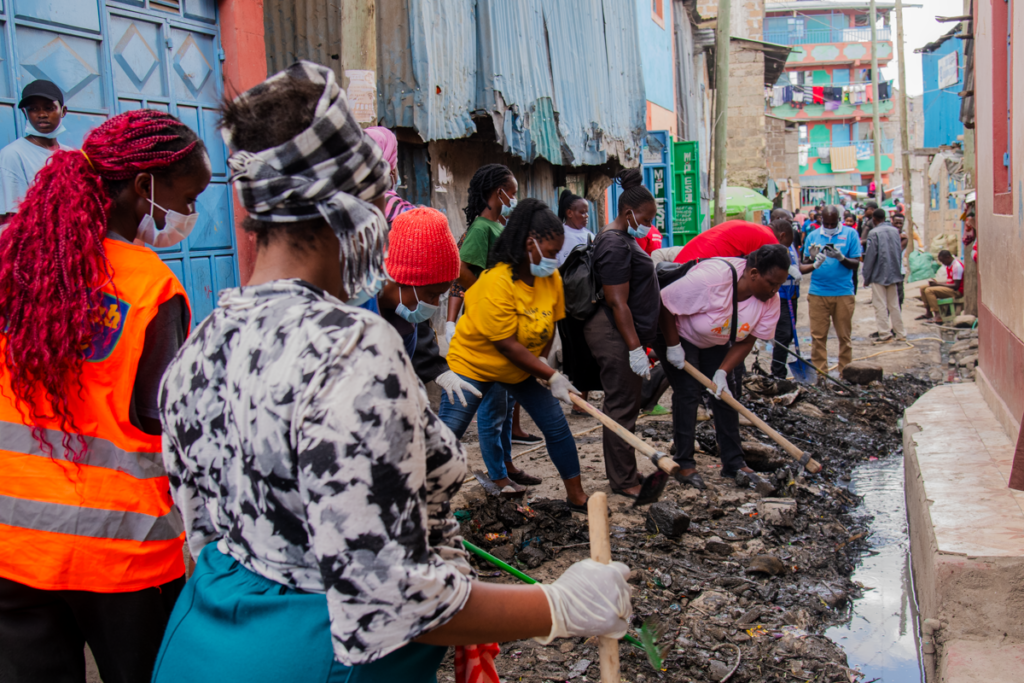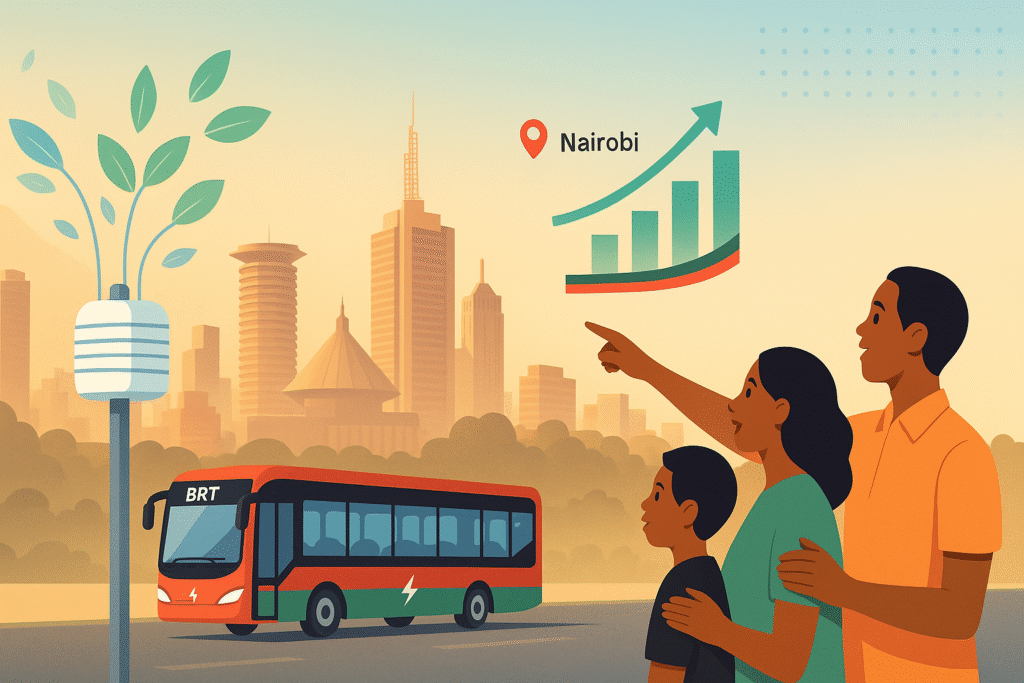Nairobi, Kenya’s capital, is the largest city in East Africa and home to over 5.3 million residents. By 2035, this population is projected to reach ~8 million, increasing pressure on the city’s infrastructure and environment. As East Africa’s economic and transport hub, Nairobi ranks first regionally in the Global Business Cities Index 2022. It boasts a thriving tech ecosystem, earning it the nickname ‘Silicon Savannah.’
However, this rapid growth has led to serious air pollution challenges, with the city’s PM2.5 concentrations 2019 being 4.2 times higher than WHO-recommended levels.











